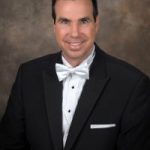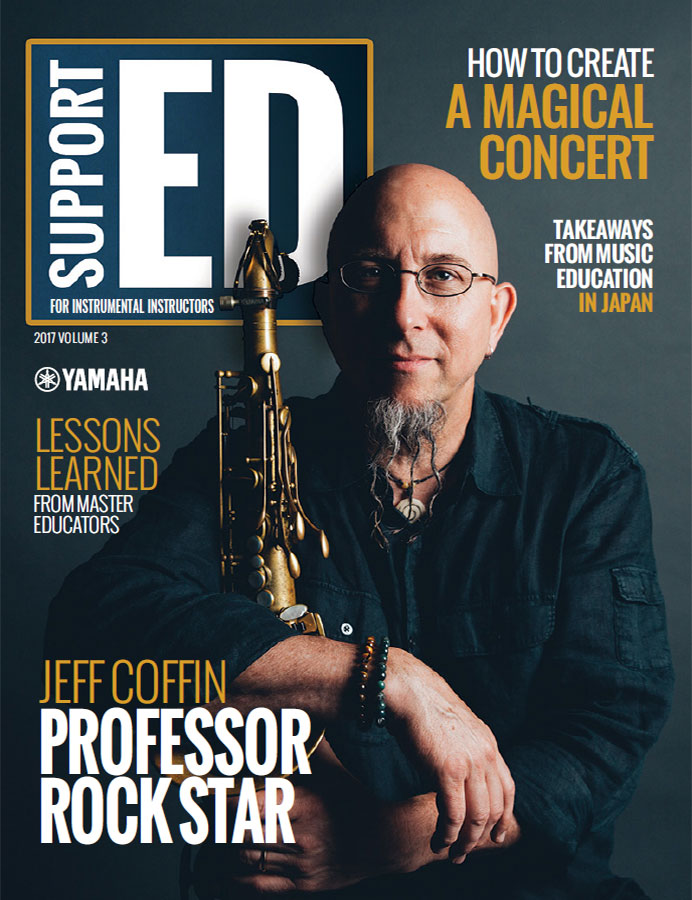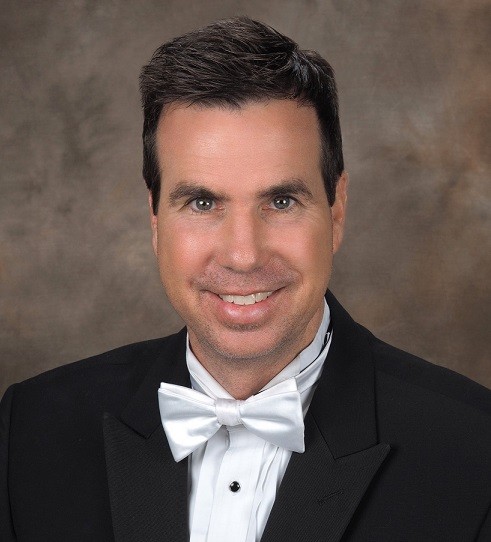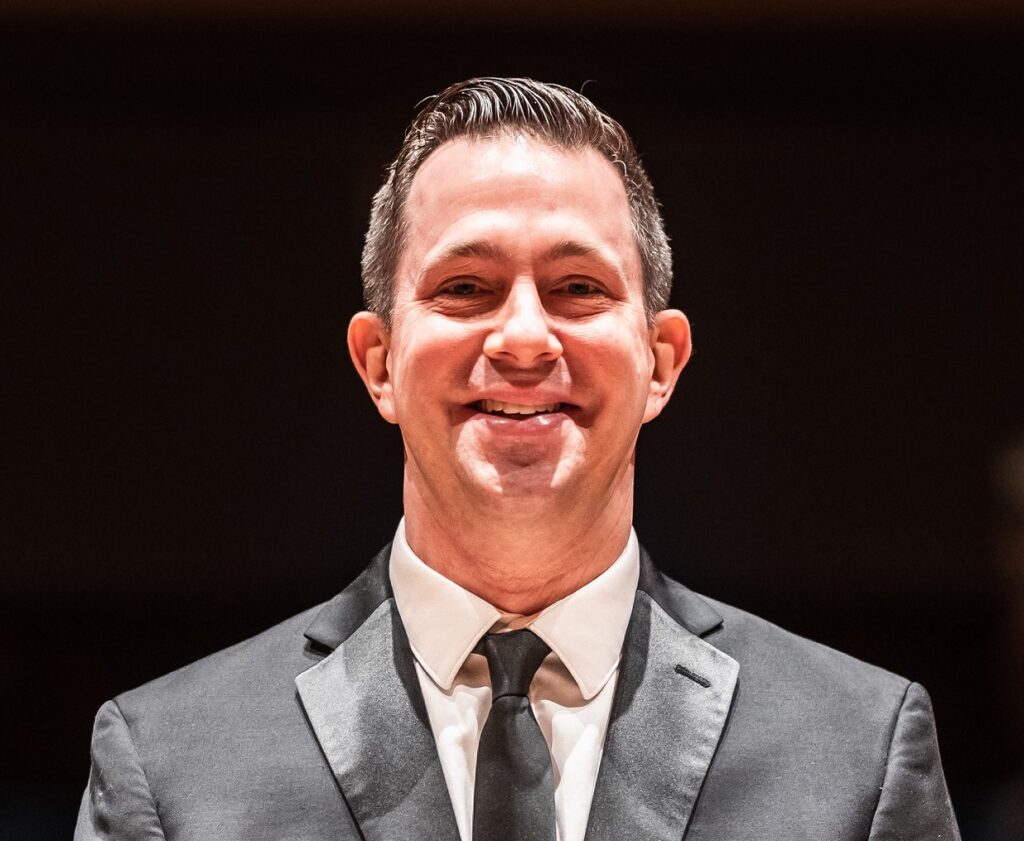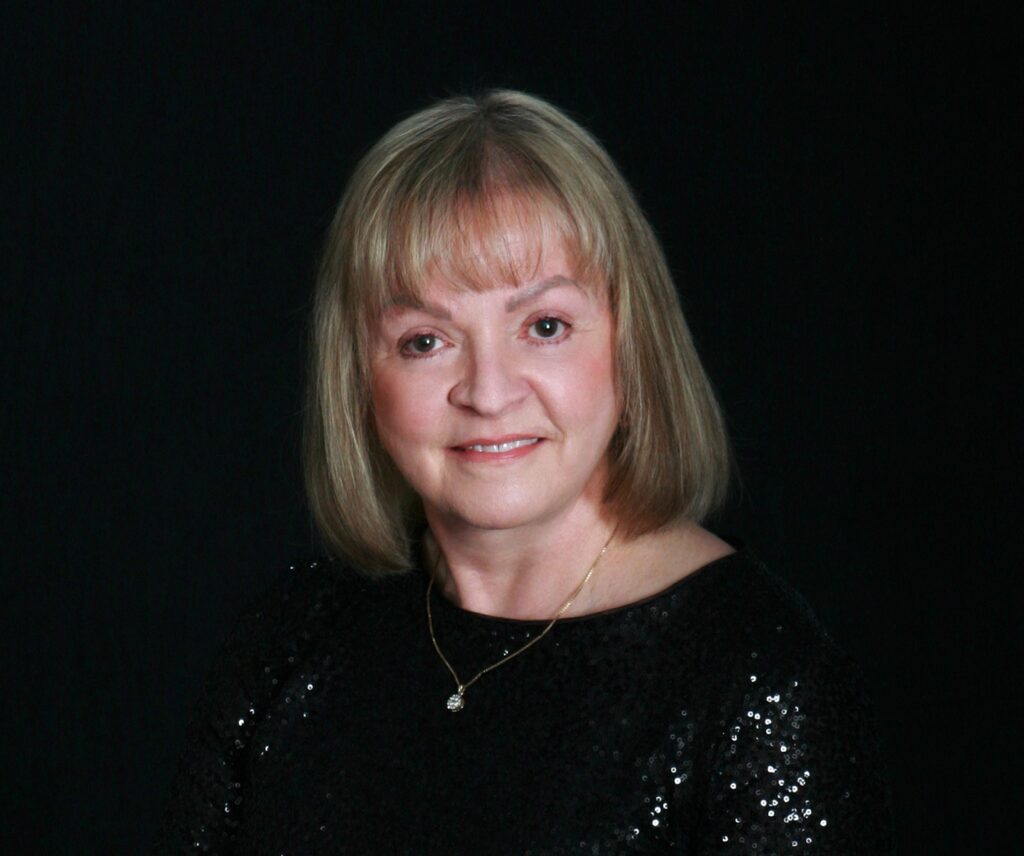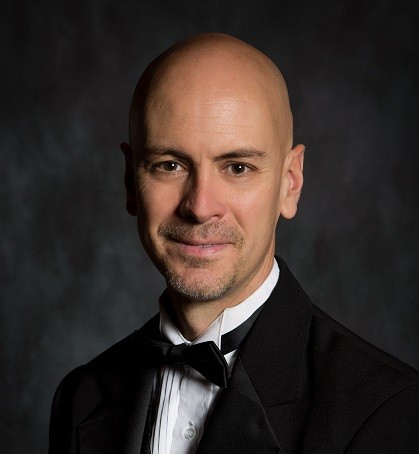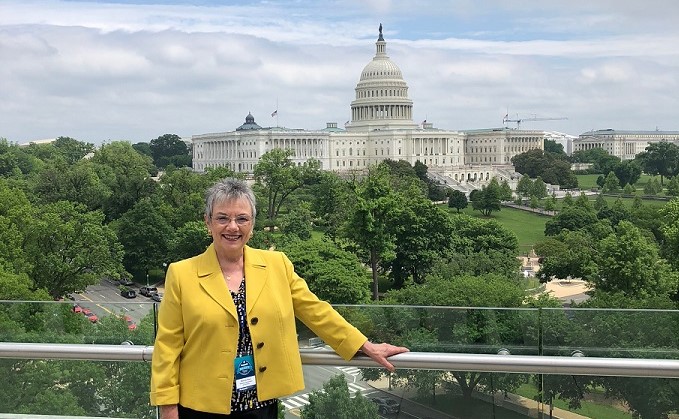Advice from Yamaha Master Educator Kevin Ford
Begin with a Question What has led to the greatest growth in my students and in my teaching was developing the mindset of a conceptual teacher. As a young educator, I provided entirely too much information to my student performers. Priding myself on showing up prepared, I made sure to research and detail every nuance, […]
Begin with a Question
What has led to the greatest growth in my students and in my teaching was developing the mindset of a conceptual teacher.
As a young educator, I provided entirely too much information to my student performers.
Priding myself on showing up prepared, I made sure to research and detail every nuance, and as a result, rehearsals were driven solely by my preparation.
All my energy was directed toward what information I could provide, leading me to make every musical decision.
What was missing was a collaborative effort between my students and me. This challenge became especially evident as we began new pieces of literature. I found myself repeating information, and the inconsistencies of previous works would continue to be prevalent. Unfortunately, falling into the trap of this way of teaching is commonplace as the pace of the rehearsal moves rapidly, appearing as if you are getting things done efficiently and effectively.
More Questions than Answers
However, when I would watch master teachers rehearse various ensembles, I noticed a common characteristic. Initially, more questions were asked than answers provided. For example, rather than specifically stating the areas of concern between rehearsals marking B to C, they would insightfully prompt reactions that resulted in the performers reaching the correction on their own.
At first glance, this method seemed to extend the rehearsal. However, as the ensemble continued, it was evident that going through this process in a collaborative manner provided the opportunity for students not only to retain information but also to apply the learned concepts to any piece of literature.
Seeking Student Input
In my own rehearsals, I have found this technique to be especially beneficial in developing the students’ ability to play with artistry and expression. Now, rather than specifying exactly how I think a phrase should be shaped, I always begin with a question, objectively seeking their input regarding the architecture of a phrase and encouraging students to think like artists and to make creative choices.
Through this approach, the performers seem to possess a greater investment regarding the macro and micro development of a piece of music, ultimately leading to more memorable and fulfilling performances.
This article originally appeared in the 2017 V3 issue of Yamaha SupportED. To see more back issues, find out about Yamaha resources for music educators, or sign up to be notified when the next issue is available, click here.









